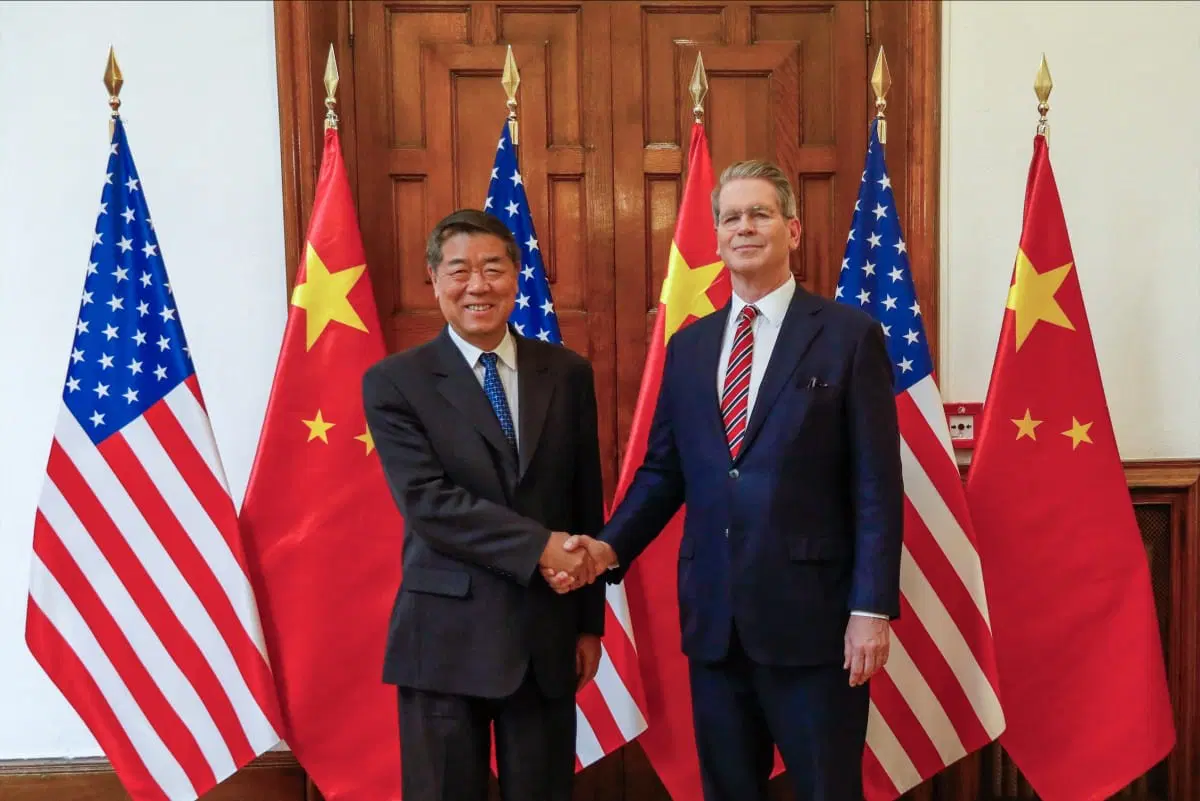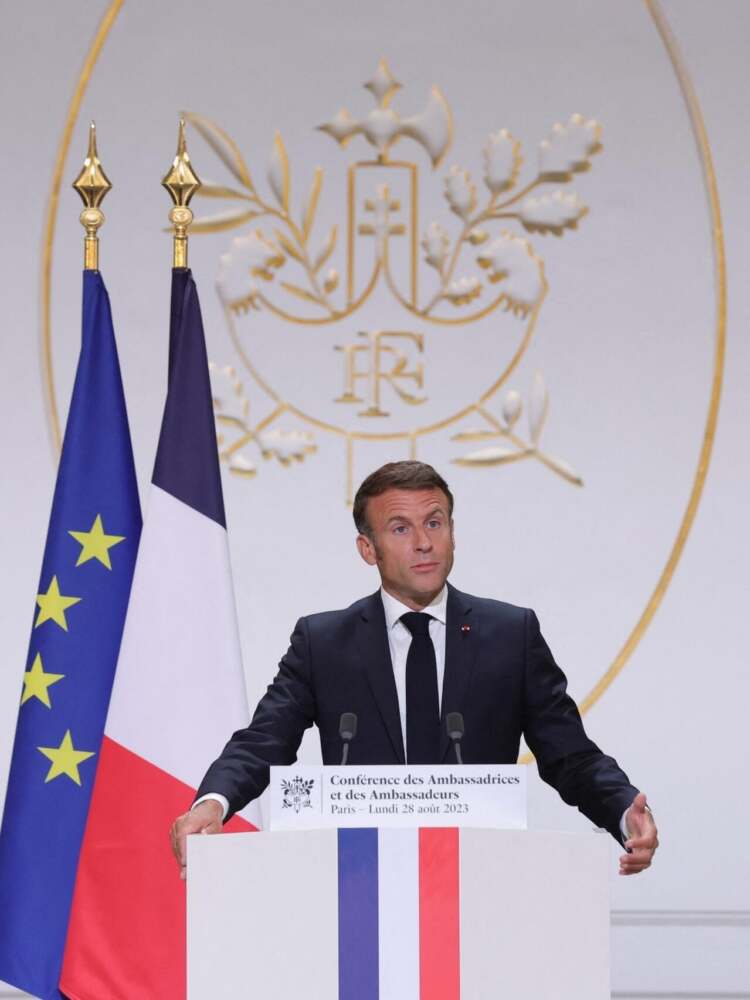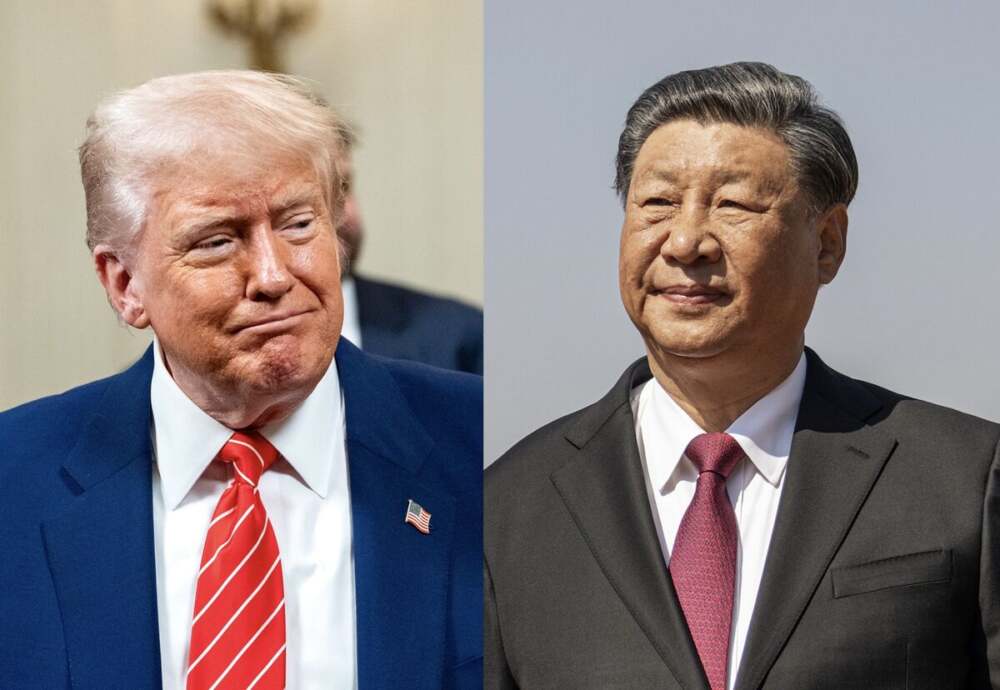In an effort to defuse one of the most volatile economic standoffs in recent years, the United States and China have begun a new round of trade negotiations in Kuala Lumpur, Malaysia. The talks mark a pivotal moment in the ongoing rivalry between the world’s two largest economies and could determine the direction of global markets heading into 2026.
According to officials from both sides, the opening day of discussions was described as “very constructive,” signaling a tentative willingness to find common ground after months of escalating tariffs, export restrictions, and political rhetoric. The timing is crucial, as the negotiations come just days before a highly anticipated meeting between U.S. President Donald Trump and Chinese President Xi Jinping at the Asia-Pacific Economic Cooperation (APEC) summit in South Korea.
The Core of the Dispute
The current tension stems from a U.S. plan to impose 100 percent tariffs on a broad range of Chinese imports starting November 1. Washington has justified the measure as retaliation for China’s recent export controls on rare-earth minerals—critical components used in electric vehicles, advanced electronics, and military equipment.
China, which controls nearly 70 percent of the global supply of rare-earth elements, announced new restrictions earlier this year that tightened the export of certain high-tech materials. Beijing maintains that the move was driven by “national security” considerations, but U.S. officials see it as an attempt to leverage control over critical resources in response to American trade pressure and technology sanctions.
Trade analysts warn that if these measures are implemented, they could spark a full-scale trade war reminiscent of the one that rocked global markets in 2018–2019. “The stakes could not be higher,” said one economist. “A tariff hike of this magnitude, paired with China’s rare-earth restrictions, would disrupt global supply chains across industries—from smartphones to renewable energy.”
A Fragile Diplomatic Balancing Act
For both Washington and Beijing, the negotiations in Malaysia serve as both a diplomatic test and a political necessity. President Trump faces mounting pressure from U.S. industries and consumers affected by inflation and supply chain disruptions, while President Xi must manage domestic economic challenges and preserve China’s image as a stable global trading partner.
Despite the deep divisions, both sides appear to have incentives to compromise. U.S. businesses have warned that additional tariffs could sharply raise prices on consumer goods, while China is keen to prevent further deterioration of its export-driven economy amid slower growth and weakened investor confidence.
“The choice for both nations is clear: escalation means mutual harm, while cooperation could stabilize the global economy,” said a senior trade official familiar with the talks.
Malaysia’s Role as a Neutral Host
The decision to hold the talks in Malaysia is symbolic. As a neutral and strategically located member of ASEAN, Malaysia provides a diplomatic middle ground between the two superpowers. The Southeast Asian nation has maintained strong trade relations with both Washington and Beijing, making it a suitable venue for delicate negotiations.
Regional leaders view the discussions as an acknowledgment of ASEAN’s growing influence in global diplomacy. With both China and the United States courting Southeast Asian nations for strategic partnerships, the location of the talks in Kuala Lumpur reflects the region’s increasing importance in shaping the future of global trade architecture.
Broader Geopolitical Implications
Beyond the immediate trade dispute, the talks carry far-reaching geopolitical implications. The U.S. and China remain at odds on several fronts—including technology access, Taiwan, and security in the South China Sea. While the Kuala Lumpur meeting is officially centered on trade, diplomats say it could serve as a platform to quietly address other points of contention.
In particular, Washington’s restrictions on advanced semiconductor exports to China have strained relations further. Beijing has accused the U.S. of attempting to stifle its technological rise, while American officials insist that the controls are necessary to protect national security and prevent the misuse of U.S. technology in military applications.
Economic Ripple Effects
The outcome of the Malaysia talks could have sweeping consequences for the global economy. A successful compromise could restore market confidence, ease inflationary pressures, and stabilize commodity prices. Conversely, failure could trigger market volatility, currency fluctuations, and further disruptions in the supply of critical materials.
Global investors are watching closely. Asian stock markets showed cautious optimism following reports of a “positive tone” in the early stages of the talks, while commodity traders remained on alert for potential shifts in the availability of rare-earth materials.
For emerging economies, including Pakistan, the potential ripple effects are significant. An escalation in U.S.-China trade tensions could lead to higher costs for imported goods, energy instability, and disruptions in supply chains. However, it could also create new opportunities if companies seek to diversify production and sourcing away from China—benefiting countries with competitive labor markets and favorable trade policies.
The Road Ahead
As negotiators continue their discussions, the world awaits tangible outcomes. Both nations have expressed their intention to maintain open communication channels leading up to the Trump-Xi meeting next week. Yet, analysts caution that substantial progress may be limited until the two leaders meet face-to-face.
Diplomatic observers suggest that a temporary truce—rather than a comprehensive agreement—is the most likely short-term outcome. Such an arrangement could include postponing the planned tariffs in exchange for a partial easing of China’s export restrictions. While that may only provide temporary relief, it could buy both sides time to craft a longer-term framework for economic cooperation.
Still, the underlying competition between Washington and Beijing remains unresolved. Both nations are vying not only for trade advantages but also for dominance in technology, energy, and global governance. The Malaysia talks may slow the confrontation, but they are unlikely to end it.
A Moment of Global Consequence
For now, Kuala Lumpur stands at the center of one of the most consequential diplomatic efforts of the decade. The world’s two largest economies are engaged in a delicate dance between cooperation and confrontation—each seeking to defend its interests while avoiding a catastrophic rupture.
The coming days will reveal whether pragmatism can prevail over politics, and whether Malaysia’s quiet corridors can host the first steps toward a more stable global economic order.
















Leave a Reply